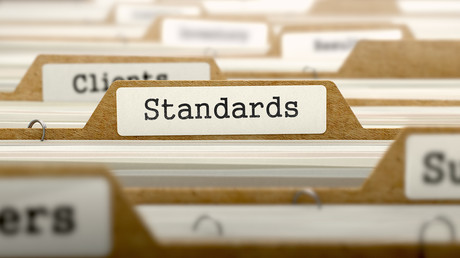PEMEA standard released by ETSI

The standard for Pan-European mobile emergency application has been released by ETSI.
Developed by the ETSI special committee on Emergency Communications (EMTEL), Technical Specification TS 103 478 defines the requirements and architecture of Pan-European mobile emergency applications (PEMEA).
There are currently hundreds of 112-related emergency calling applications in use across Europe, but they are restricted to the public safety answering point (PSAP) they are integrated with. This new specification provides a solution that will enable emergency apps interoperability within Europe and beyond.
If apps on smartphones, tablets or laptops have proliferated, many of them aim to supplement existing communications services, such as providing caller and location information for emergency calls, while others seek to provide alternative communication mechanisms such as total conversation and instant messaging for example. This limitation prevents a user’s application operating in a region to deliver accurate location information to the PSAP serving their location.
The aim of ETSI TS 103 478 is to solve this problem. Users will continue to use their favourite application while the accurate location and other information provided by the app will be sent to the most appropriate PSAP. The first part of the specification identifies the key functional entities involved in the emergency application architecture, the interfaces between each functional entity, and the requirements on each interface. The second part defines the data exchanges, message, protocols and procedures used across each of the identified PEMEA interfaces.
“We believe that all apps connecting citizens with the emergency services have to work, no matter where the citizen is and what app he’s using. To achieve this, these apps should be interconnected in a standardised way,” said Cristina Lumbreras, vice chair of the ETSI EMTEL group.
ETSI completed a Next Generation 112 (NG112) Emergency Communications Plugtests event in March 2017, with another interoperability event planned for next year. Already 21 emergency apps have committed to be compliant with PEMEA.
Digital radio rollout for Victoria's Marine Search and Rescue
A new digital radio program is helping Victoria's Marine Search and Rescue and the Australian...
TasGRN expanded to 400 sites
Over the past 12 months, the statewide emergency communications network has supported an average...
Govt plans universal outdoor mobile coverage across Australia
Under the Universal Outdoor Mobile Obligation, mobile carriers would be required to provide...





